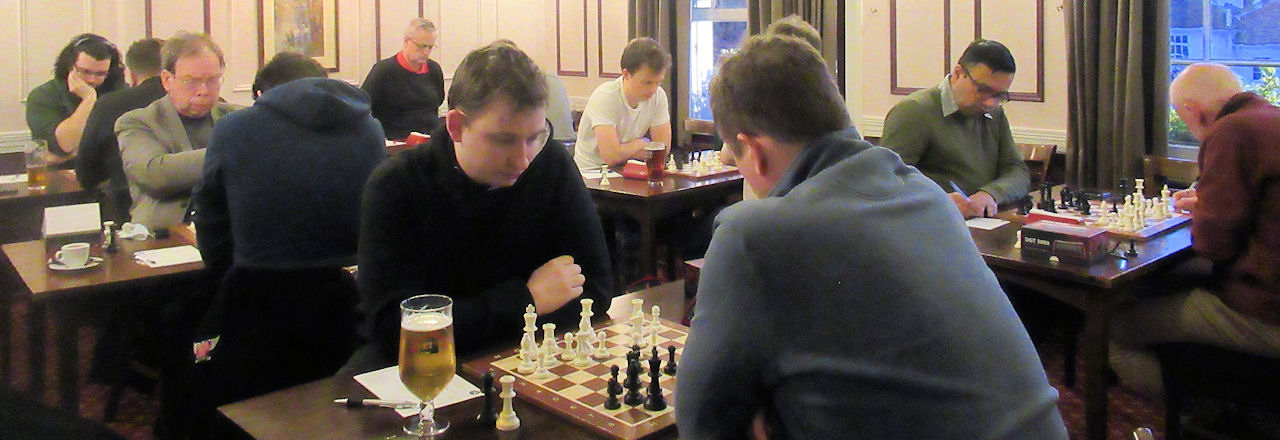On Monday I left you with this position from an 1868 tournament game between two of the most brilliant players of the 19th century, Adolf Anderssen and Johannes Zukertort.
You will have spotted that the bishop on g5 prevents the juicy fork Ne7+, with another fork after you’ve captured the queen. It’s natural to look for ways of deflecting the bishop, so you may well have found the correct solution Qd2!! (not Qe3, met by Qxd5), winning the exchange as Bh4 runs into Qh6.
Anderssen, famous for his Immortal and Evergreen games, failed to find this tactic, preferring instead the wild b4, which Zukertort should have taken. If you found Qd2, and can honestly say you’d have found it in a game, I guess that makes you a better tactician than Anderssen.
I took this position from The Ink War: Romanticism versus Modernity in Chess by Willy Hendriks, which I’ll be reviewing very shortly. Hendriks comments: “Moves that do not depend on many or complicated variations but are nevertheless almost impossible to find, are the most beautiful!”
But is Qd2 almost impossible to find (if you’re not presented with it as a puzzle)? Perhaps it was for Anderssen and Zukertort, but probably not now, when ambitious players spend time every day solving puzzles and honing their tactical skills. What do you think?
If you’re interested in how chess was played almost 150 years ago, you can play through the moves, at least as far as they were published, here. Click on any more for a pop-up window.
